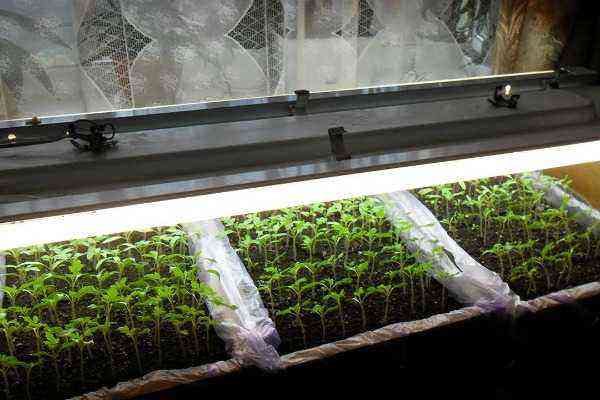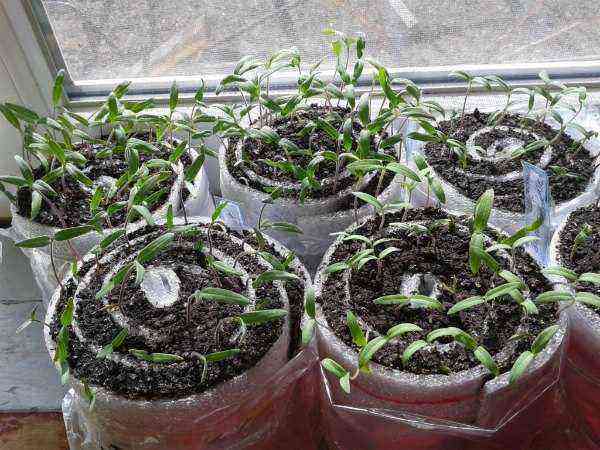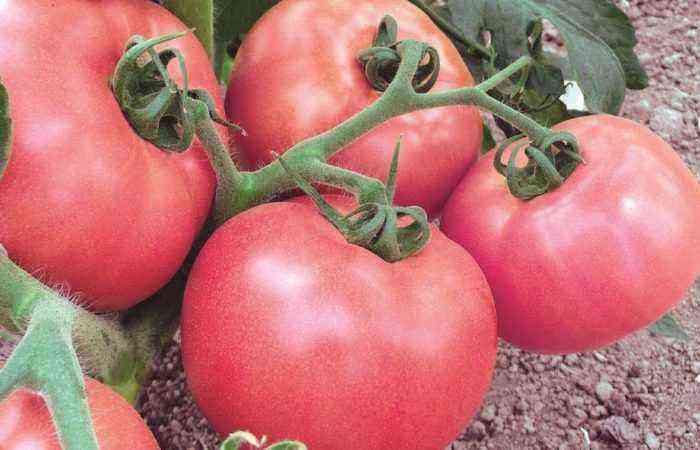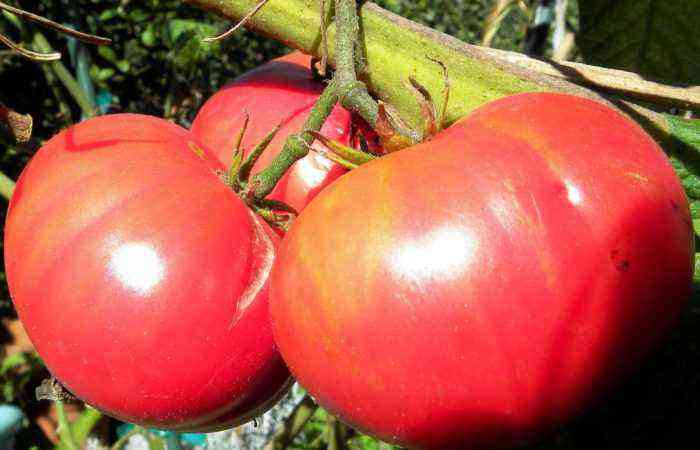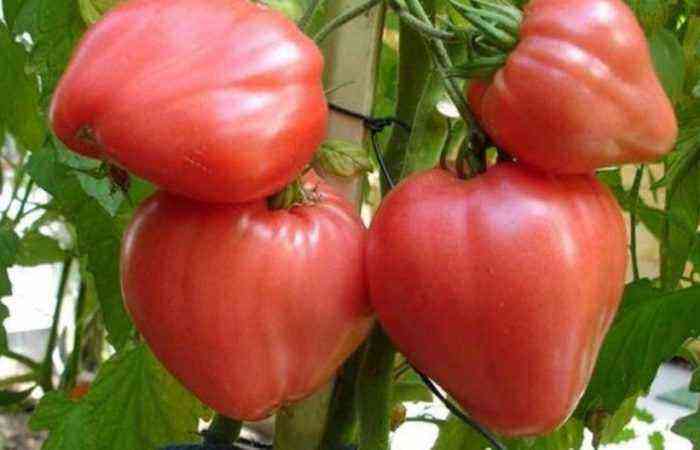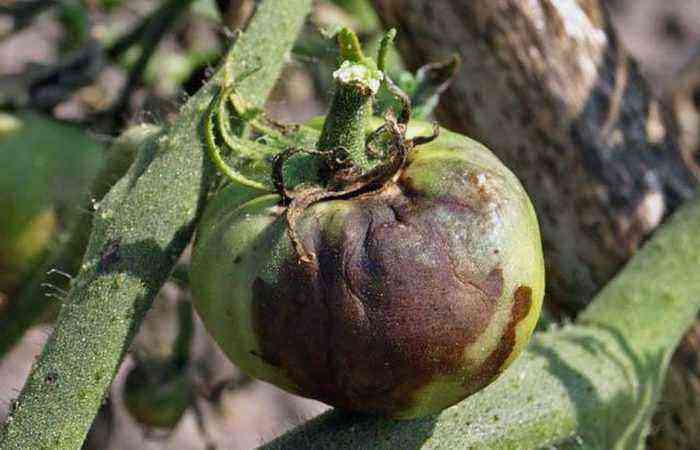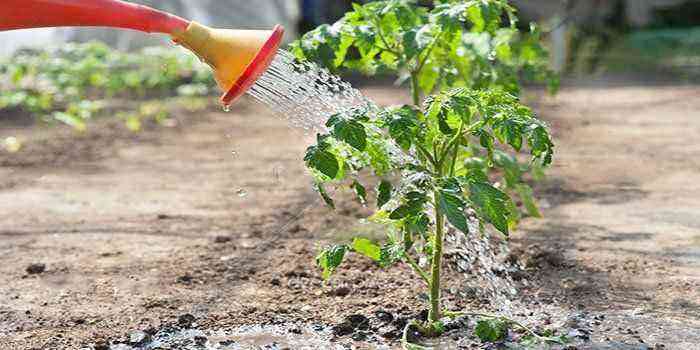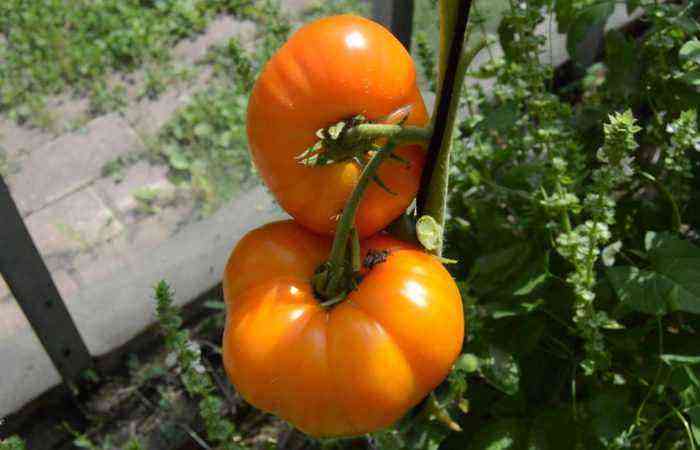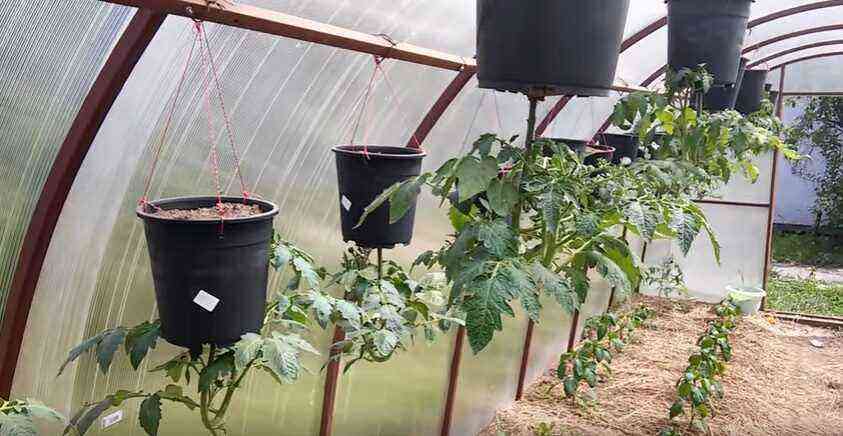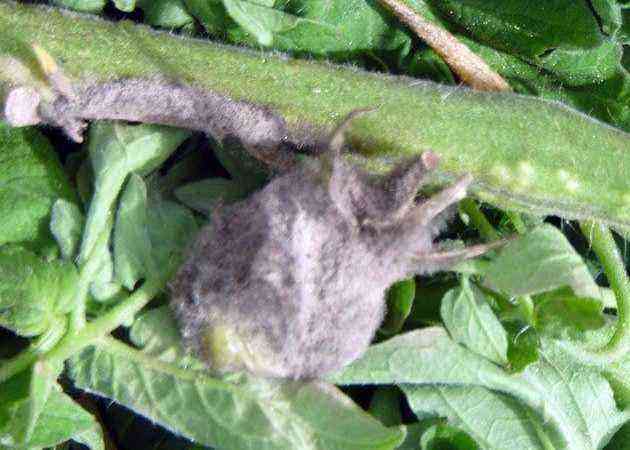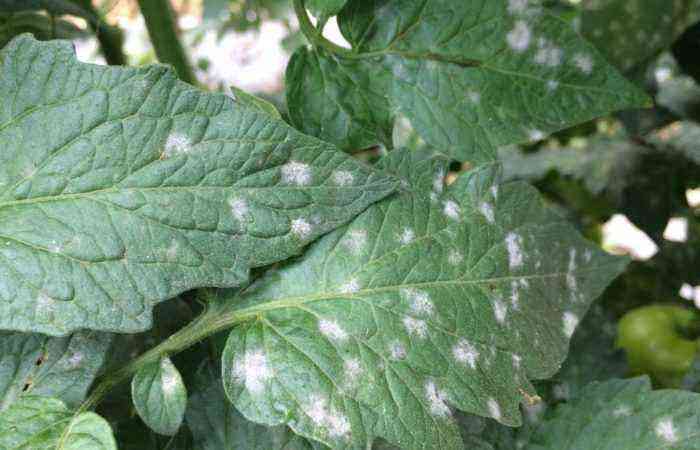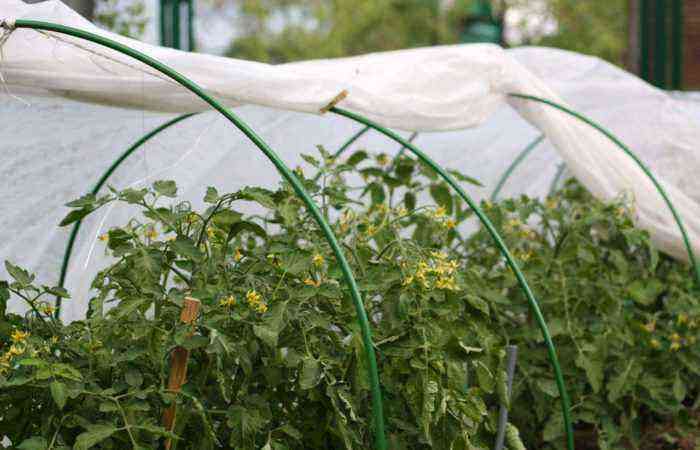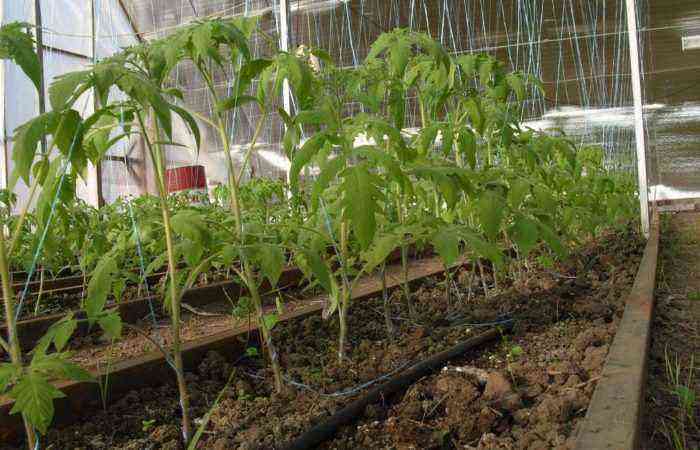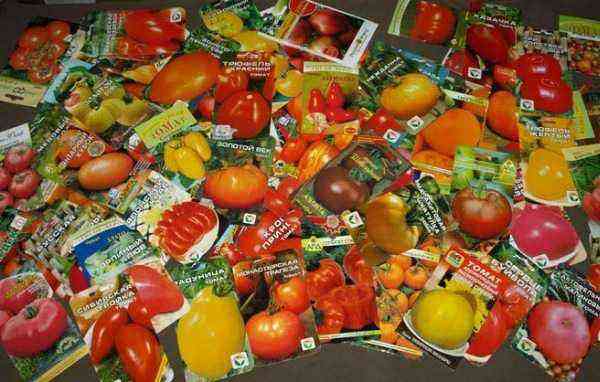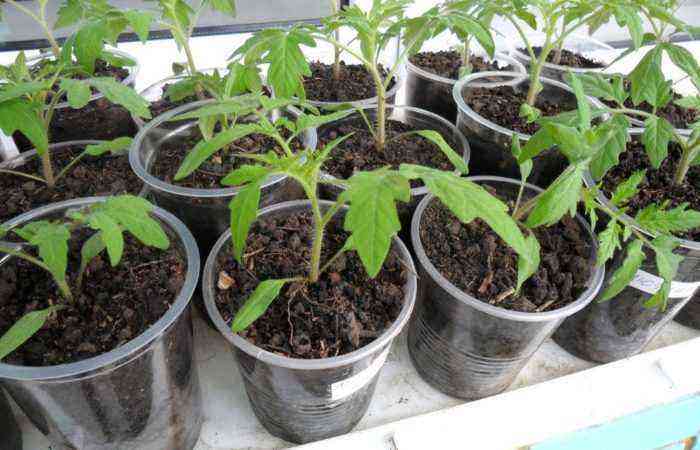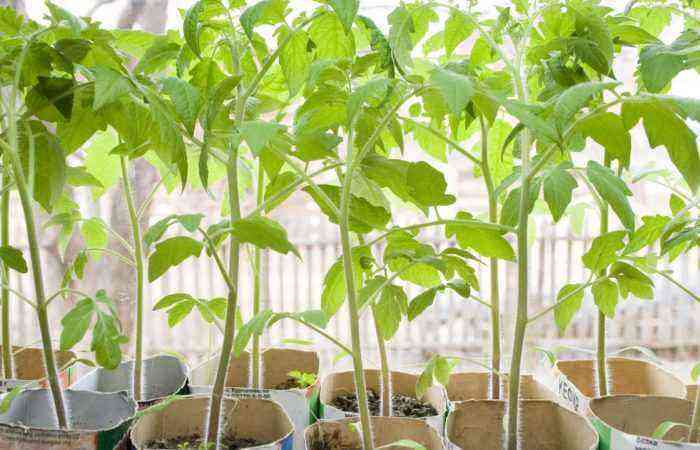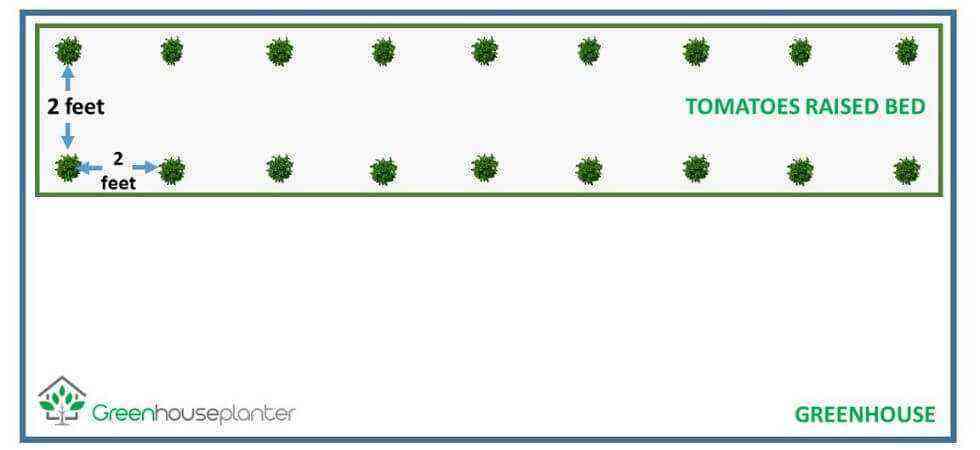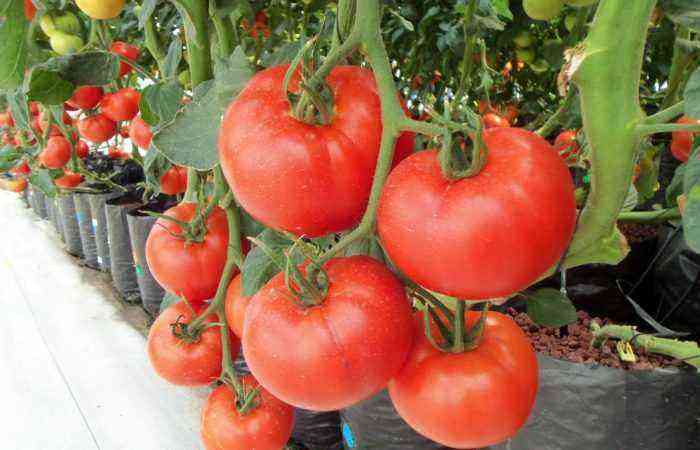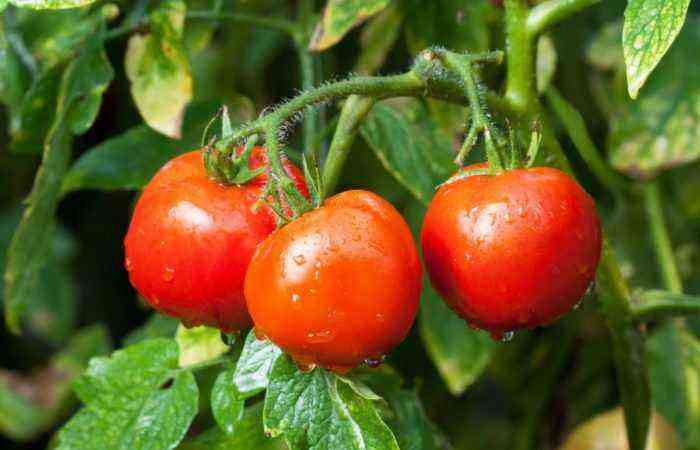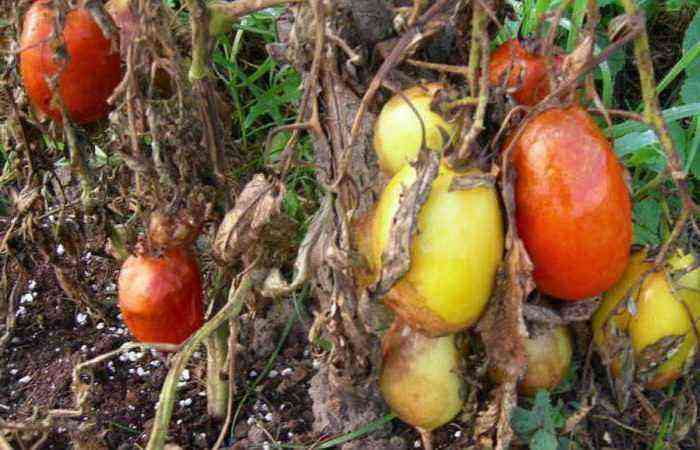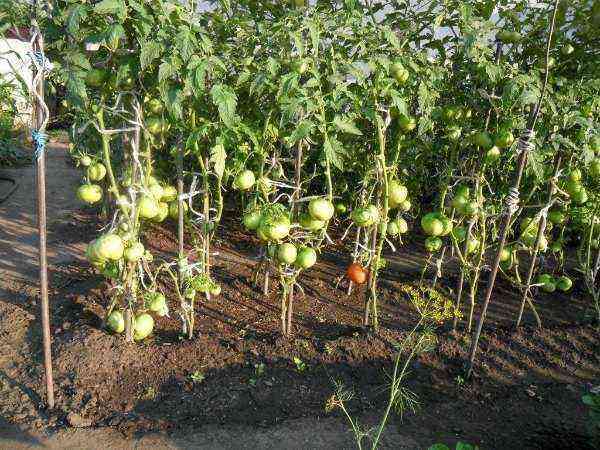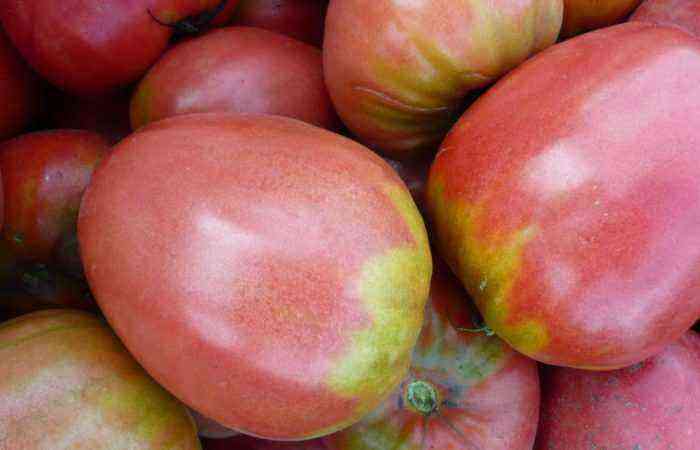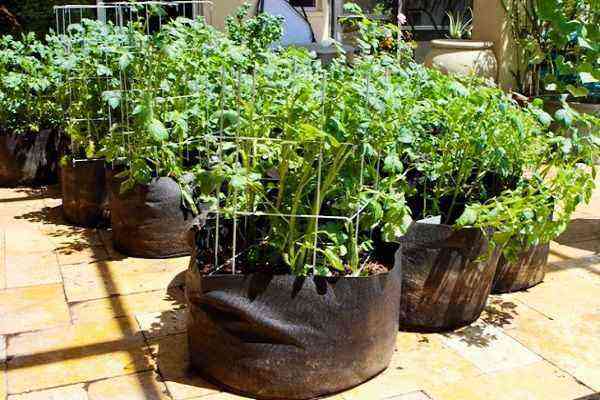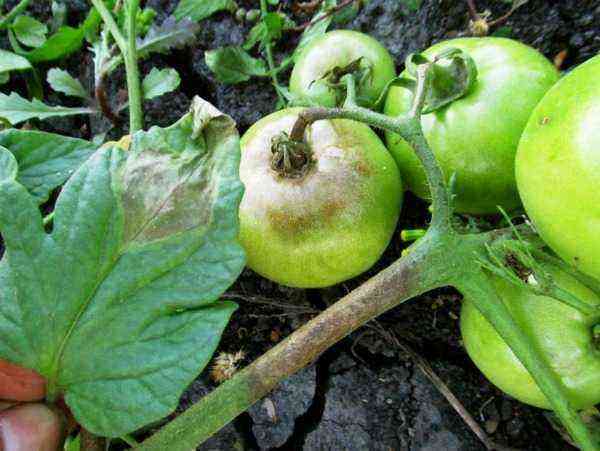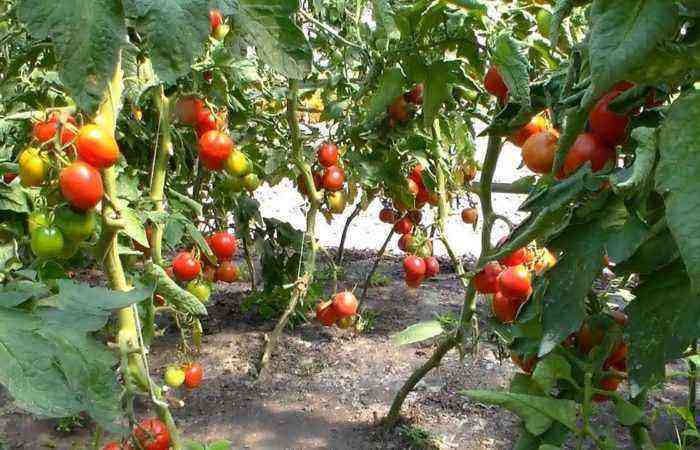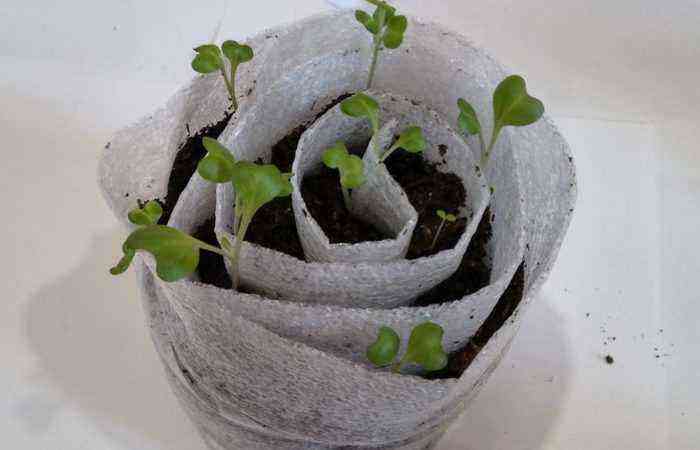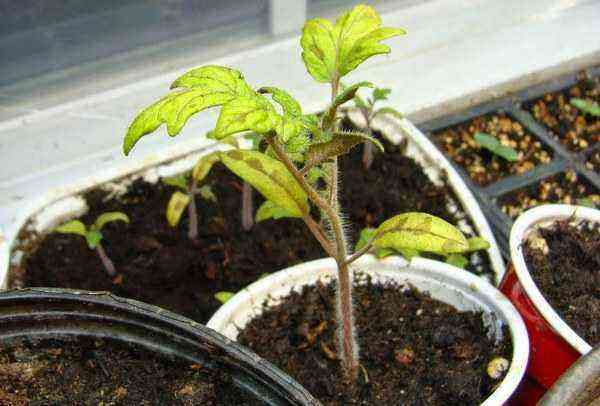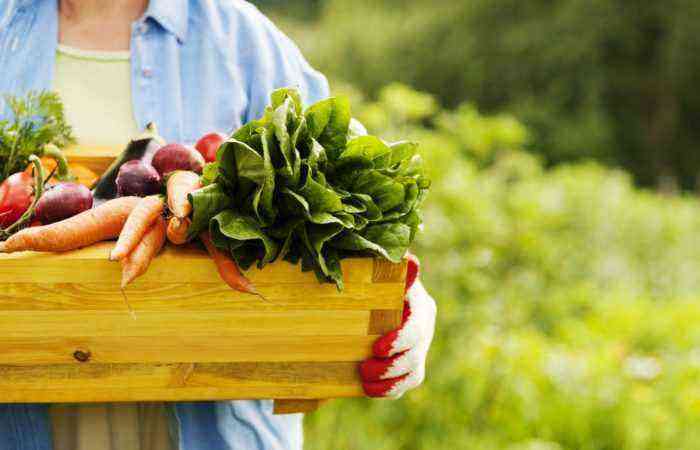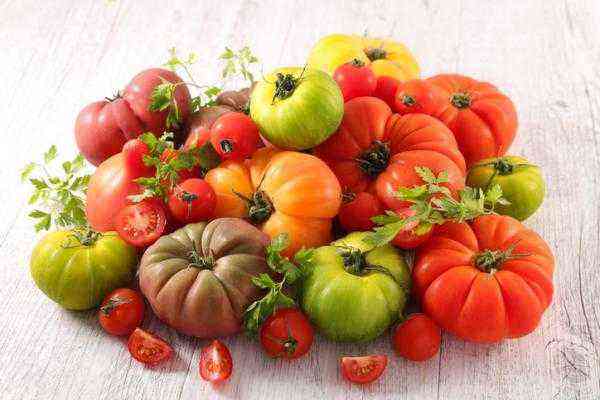Summer residents know that planting tomato seeds begins already at the end of winter and the beginning of spring, when there is still snow on the street. As soon as the first true leaves have formed, the question arises of their picking.
Picking seedlings is transplanting plants to a new place. During picking, seedlings are selected, the strongest specimens are left and planted in a larger container. This procedure allows them to strengthen the roots, avoid competition for soil and sunlight.

Why is it necessary to pick tomato seedlings?
Any, even an inexperienced gardener, at least once will come up with the idea that it is not necessary to dive tomatoes, it is easier to sow seeds at a more distant distance from each other. However, as practice shows, transplanting seedlings is a necessary procedure that should not be neglected.
Among young tomatoes there may be diseased specimens. Removing the plant does not solve the problem, as the land can also be contaminated.
After picking, the seedlings give all their strength to strengthening the roots. This avoids their stretching, while the stem will grow in thickness.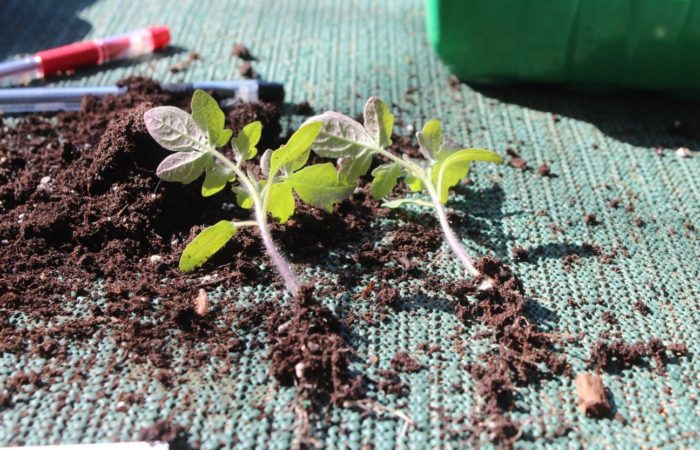
Deadlines
Tomato seedlings are picked after the formation of two true leaves. This occurs no later than 2 weeks after sowing. In the middle part of Russia in March-April.
For undersized, medium-sized varieties, one transplant is enough. Tall tomatoes require up to 2 picks. The second can be done 3 weeks after the first.
It is not worth transplanting tomatoes earlier than 1,5 weeks after sowing the seeds. This can harm the roots, which are not yet strong enough. Later picking is fraught with the growth of roots, which makes it difficult both the process itself and the survival of seedlings.
Some summer residents plant seedlings according to the lunar calendar. An experienced gardener knows that until the “favorable days” come, the plants may grow or not yet ripe for picking. It has been proven that both the new moon and the full moon do not affect the germination and survival of plants.
How to dive tomatoes: basic rules
Before transplanting, the plants must be watered abundantly in advance (12-24 hours). It is not recommended to water the seedlings immediately before picking, as a heavy earthen ball can damage the roots when dug up.
Picking is done in a new container. In size, it should be 1,5 times larger than the previous one. This can be a separate pot for each plant or a common container.
For transplantation, you need to prepare the following:
- A pot or any other container with a drainage hole. It can be a peat pot, a plastic vessel, a box, etc. Its volume must be at least 300 ml.
- Any convenient tool for digging up plants (small spatula, fork, etc.);
- Warm, settled water.
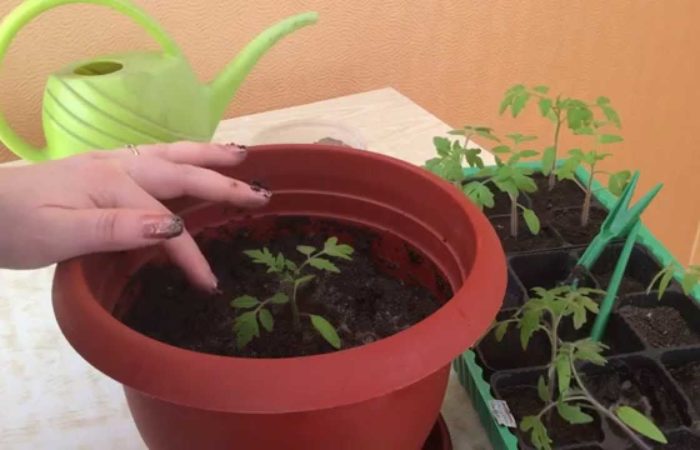
Instructions: how to do it right?
- The planting container must be washed, disinfected (with a solution of potassium permanganate, boiling water, etc.). This will protect the seedlings from infection with various diseases, if the plant has already grown in the pot.
- The soil for planting can be purchased at the store or you can make the mixture yourself. To do this, you need to take an equal amount of peat, sod land, humus. Add a little sand, complex fertilizer (1 tablespoon per 10 liters), wood ash (1 cup per 10 liters).
- The soil must be treated by any known method: a weak solution of potassium permanganate, calcination in the oven, special preparations, etc.
- The container must be filled with earth, not reaching the edges by a few cm. If necessary, soil can be added. A full pot will make it difficult to water the tomatoes.
- It is necessary to make grooves at a distance of 6–8 cm from each other.
- It is recommended to make holes in advance for planting at a distance of 8-10 cm.
- Pour some water into each of them.
- Seedlings should be carefully, without damaging the delicate roots, dug up with a clod of earth.
- Place in the prepared holes to the level of the cotyledon leaves.
- Compact the soil.
As a fertilizer, you can use superphosphate, phosphorus-potassium preparations.
If tomato seeds were sown in separate containers, they are taken out along with the ground and moved to another pot. The required amount of earth is filled up. This method is called “transshipment”. Seedlings that have been picked by the transshipment method are more likely to take root in a new place.
Picking of elongated seedlings
Young tomatoes stretch out due to lack of sunlight. In this case, the stem grows thin, weak. Such seedlings do not raise great hopes for a bountiful harvest. Subject to certain picking rules, such plants can also be strengthened.
- It is necessary to dig up tomato seedlings a few hours before transplanting. The stem of the plant will become more flexible.
- It is necessary to lay the stem of seedlings in a hole in a spiral. Over time, it will take root, and the seedlings will become stronger.
There is another method for the rehabilitation of such seedlings – pinching the tip of the root. After that, the tomato will stop growing in depth for a while and will begin to develop adventitious roots and stem.
Care after a dive
The first few days after transplanting tomato seedlings, they should not be watered. In the future, the soil should be moistened every 5-6 days.
You can not pour tomatoes. Watering should be moderate. Excess water leads to plant diseases.
Top dressing is necessary 1,5–2 weeks after picking. In the future, fertilizers can be applied every 2 weeks. It is recommended to use complex preparations. During this growing season, tomatoes need nitrogen the most. Yellow leaves can be a signal of calcium and iron deficiency.
It will not be superfluous to take preventive measures aimed at developing the resistance of seedlings to mycoses. If the seeds were not treated with antifungal agents during sowing, the plants should be sprayed from a spray bottle with an appropriate preparation (for example, Fitosporin).
It is recommended to harden tomatoes. This procedure allows seedlings to more easily survive sudden changes in temperature and other adverse environmental conditions in open ground. Such tomatoes take root better when transplanted to a permanent place of growth.
To do this, on a warm sunny day, young plants in containers are taken out to the balcony, into the open ground, into the greenhouse, put on the windowsill with an open window. Some gardeners leave seedlings on the windowsill at night, covering them with a bag on top.
Tomatoes are planted outdoors when the danger of night frost has passed. In central Russia after May 25. The soil at this time should warm up by at least 14 ° C.
The process of diving seedlings from polyethylene into cups, some nuances – all this can be found in the video.
What to do if seedlings stop growing?
Subject to all the rules for transplanting young tomatoes, problems with their growth are unlikely. There are the most well-known reasons why seedlings stopped growing after picking:
- the soil was chosen incorrectly;
- the room is not warm enough;
- the plant is damaged.
If the summer resident transplanted elongated seedlings, it will grow longer, since it also takes some time to root the stem.
Sometimes young plants lack the necessary trace elements. In this case, top dressing can help.
If the soil in the pot was acidic, wood ash can be sprinkled over the ground.
The optimum room temperature for tomato growth is 20-22°C.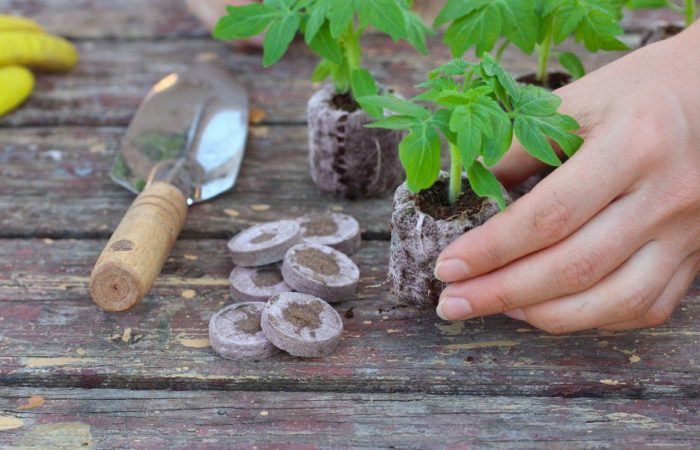
Tips for summer residents
- When picking seedlings of tomatoes, it is not recommended to hold them by the stem. It is best to take them by the leaves or a clod of earth at the root.
- Seedlings should be planted perpendicular to the ground. You can not plant seedlings at an angle. This leads to plant disease.
- After immersing the seedlings in the ground, they need to be covered with earth and compacted a little. Air voids in the soil adversely affect the growth of tomatoes.
- Hardening of tomatoes must be carried out gradually. Every day, the time spent outdoors should increase.
- The soil for transplanting seedlings should be warm – at least 20 ° C.
- Pinching the root of tomato seedlings is a controversial issue. Some gardeners consider this procedure necessary, while others are inclined to believe that this is unnecessary stress for the plants.
- The best option is to plant seedlings in a checkerboard pattern. So they will compete less for sunlight.
Picking tomatoes is not a mandatory procedure. However, it creates the opportunity to grow strong seedlings. Subject to the terms and all the rules of transplantation, young plants take root well.
